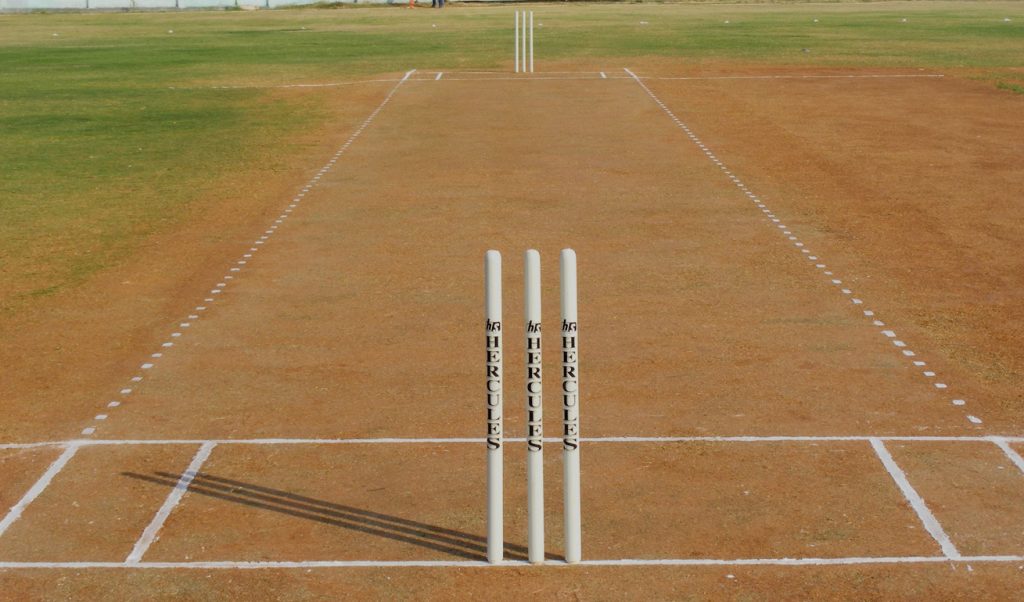Are you able to breathe life into an older, uncared for cricket wicket?
To successfully standardise the playing surface and provide a pitch that can be used in most circumstances, a large number of leisure centres, institutions and cricket clubs use artificial pitches. Despite the fact that artificial pitches are much more robust than natural pitches, they also need frequent maintenance to keep them in tip top condition. The good news is, even old, mistreated wickets can be brought back to life with a little bit of TLC and also right treatment plan.
Man-made Wickets
Artificial wickets may be laid on either a dynamic (stone) or non-dynamic (macadam or concrete) base. The top of the wicket itself is fabricated from high-quality short pile carpet that’s either hardwood edged and nailed or nailed directly into the aggregate. Shock pads may also be installed below the surface of the wicket to guarantee the ball bounces correctly and also that the synthetic pitch responds the same way to the ball every single time, regardless of the weather conditions.
Maintaining An Artificial Pitch
Like all manufactured surfaces, synthetic cricket wickets need to be correctly maintained if they’re to provide the very best playing pitch all year long. We recommend that anyone having an artificial cricket pitch ought to implement a yearly deep clean process, level the batting region often and use no less than one chemical treatment twice yearly. Go here for additional info www.artificialgrassmaintenance.co.uk/cricket-pitch-wicket-maintenance-installation
In spite of routine maintenance, cricket wickets can easily deteriorate as time passes, shock pads can solidify and areas may become irregular. If you see that the bounce of the cricket ball is becoming uneven or that the surface looks tired and worn, it could be the perfect time to give your synthetic wicket a renovation.

